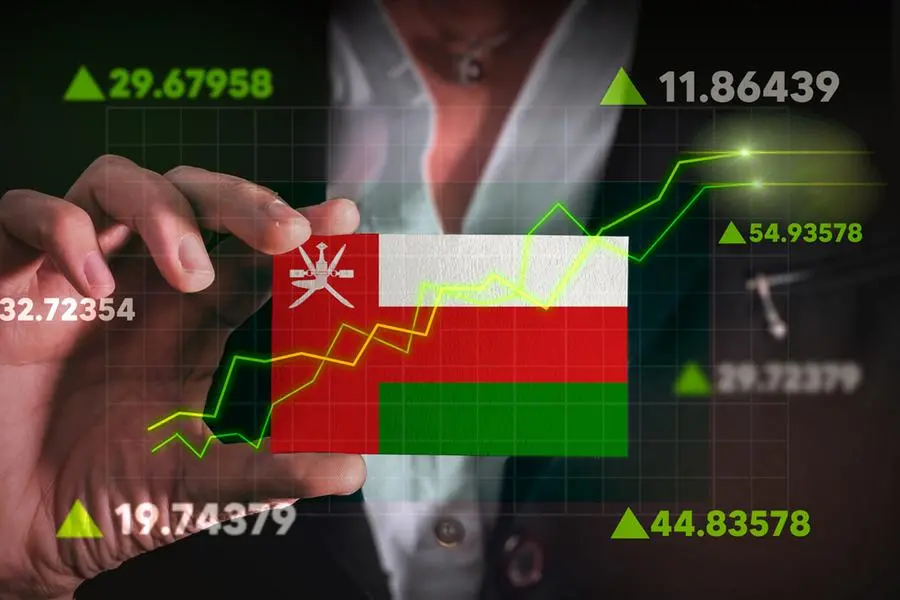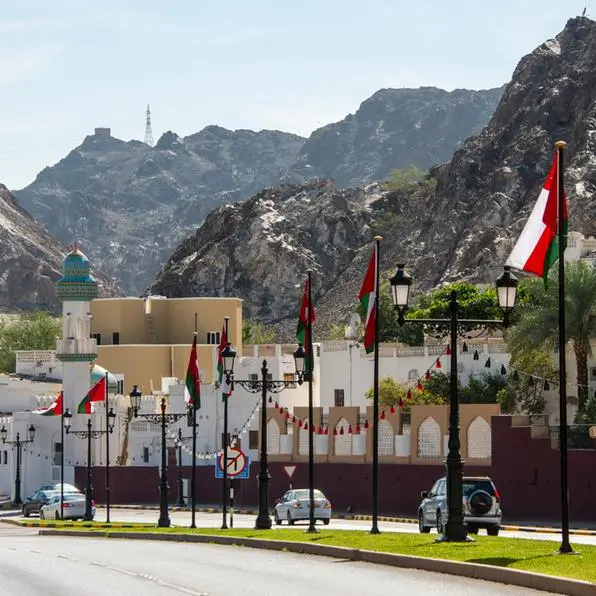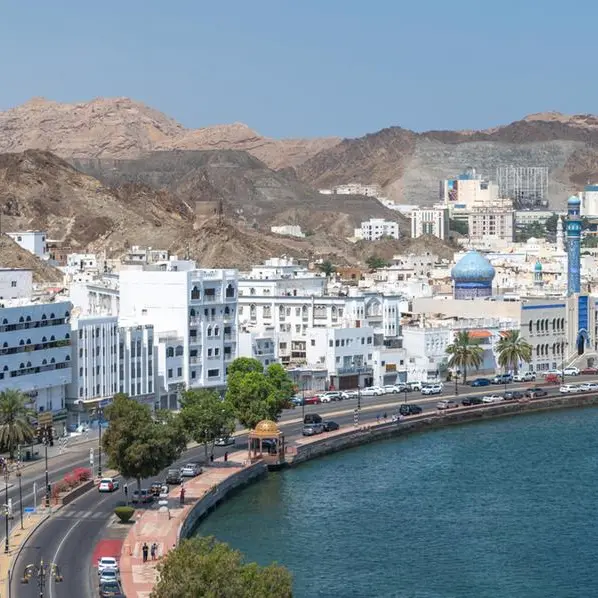PHOTO
Muscat: Oman’s economic outlook remains favourable, with real growth expected to reach 1.5 percent in 2024, driven by increased gas production and diversification efforts, according to a new report.
“These include efforts to further improve the business environment, support the role of small and medium enterprises (SMEs) in the economy, and accelerate investments in renewable energy and green hydrogen,” according to the Spring 2024 Gulf Economic Update (GEU).
Growth is expected to further accelerate over the medium term supported by global demand recovery, increased investment in non-hydrocarbons and renewable energy, the report further said.
“Inflation is forecast to converge to 2 percent over the medium term,” the Spring 2024 Gulf Economic Update said.
Elaborating further on the economic growth in the Gulf Cooperation Council (GCC), the report said that the region is expected to rebound to 2.8 percent and 4.7 percent in 2024 and 2025, respectively.
The encouraging regional prospects and rebound are not just due to the anticipated recovery in oil output, as OPEC+ gradually relaxes production quotas during the second half of 2024, but also builds on the strong momentum of the non-oil economy, which is expected to continue to expand at a robust pace over the medium term. “The commitment of the GCC to diversifying their economies highlights their strategic approach to fostering resilience and sustainable development during a volatile global economic period,” the report said.
Despite diversification efforts, hydrocarbon receipts will remain crucial in shaping the region’s fiscal and external balances in the medium term. As a result, GCC’s fiscal surplus will continue to narrow in 2024, reaching 0.1 percent of GDP, while current account surplus is expected to reach 7.5 percent of GDP (compared to 8.4 percent of GDP in 2022).
For the GCC countries to build on their current diversification momentum and realise their full potential, the GEU report highlights the importance of education quality in fostering long term economic growth in GCC countries.
In her remarks, the World Bank’s GCC Country Director, Safaa El-Tayeb El-Kogali indicated that, “Good quality education prepares young people to access better employment opportunities and higher wages, increasing the potential to spur economic growth. Over the last decade, GCC countries have significantly improved learning outcomes. Yet, there is still scope for GCC countries to further improve in learning outcomes as they lag behind international benchmarks.”
The quality of education is a major factor that is holding back human capital development in the region as well as the ability of GCC countries to compete at the global level with top-performin countries. On average, children in GCC countries are expected to attain 12.7 years of education by age 18. However, when considering actual learning happening in schools, expected years of education falls to 8.6, indicating that GCC countries lose, on average, 4.1 years of learning due to the quality of education.
Furthermore, according to the World Bank’s Human Capital Index, a child born today in the GCC is expected to reach only 62 percent of their full potential productivity,
In order to leverage all its human capital potential, the report recommends that GCC countries invest in the most effective strategies to improve learning and education quality, such as building foundational skills starting from early childhood, improving teaching practices, and leveraging learning assessments to inform education policy decisions.
The report also emphasises the critical need for GCC countries to build solid foundational skills from an early age since they are the cornerstone upon which future learning and skills build.
Effective teachers also play a pivotal role in enhancing learning outcomes at all levels, thus providing them with the right knowledge and support mechanisms is essential.GCC countries outlook Bahrain’s economic outlook hangs on oil market prospects and the accelerated implementation of structural reforms.
Growth is estimated to pick up to 3.5 percent in 2024 in line with higher oil output, while the non-oil sector remains the main growth driver. The hydrocarbon sector is expected to expand by 1.3 percent in 2024, far below the non-hydrocarbon sectors’ projected growth of almost 4 percent supported by the recovery in tourism and the service sectors, in addition to the continuation of infrastructure projects.
Economic growth in Kuwait is expected to recover to 2.8 percent in 2024, supported by expansionary fiscal policies, higher oil production, and increased output from Al Zour refinery. Oil output is expected to grow by 3.6 percent.
The non-oil sector is projected to grow by 2.1 percent, but still relatively elevated interest rates may restrain domestic consumption, preventing the economy from achieving its full potential.
Moreover, ongoing political uncertainties may delay the implementation of new infrastructure projects and slow the pace of reform initiatives. Qatar’s real GDP growth is projected to strengthen marginally in 2024 but remain modest at 2.1 percent. Non-oil growth will continue to be robust at 2.4 percent, driven by a growing tourism sector.
The hydrocarbon sector is expected to decelerate to a 1.6 percent growth in 2024, affected by capacity constraints. Yet, a major boost is anticipated for the period Q42025 to 2027, with the North Field expansion project coming online.
In Saudi Arabia, following the contraction witnessed in 2023, real GDP is expected to grow by 2.5 percent in 2024, driven primarily by robust non-oil private activities (forecast to grow by 4.8 percent).With the voluntary oil production cuts ending in Q2-2024, and the expected gradual increase in production during the second half of 2024, overall oil GDP is expected to register a contraction of 0.8 percent in 2024.
These trends are expected to be reversed in 2025, with oil output anticipated to ramp up aggressively resulting in 5.9 percent overall GDP growth.
In the United Arab Emirates (UAE), real GDP growth is projected to accelerate to 3.9 percent in 2024, fuelled by OPEC+’s announced significant oil production hike in the second half of 2024 and a recovery in global economic activity. Oil output growth is projected to reach 5.8 percent in 2024.
Non-oil output will remain robust and continue to support economic growth in 2024, expanding at 3.2 percent, driven by strong performance in the tourism, real estate, construction, transportation, and manufacturing sectors.
© Muscat Media Group Provided by SyndiGate Media Inc. (Syndigate.info).




















